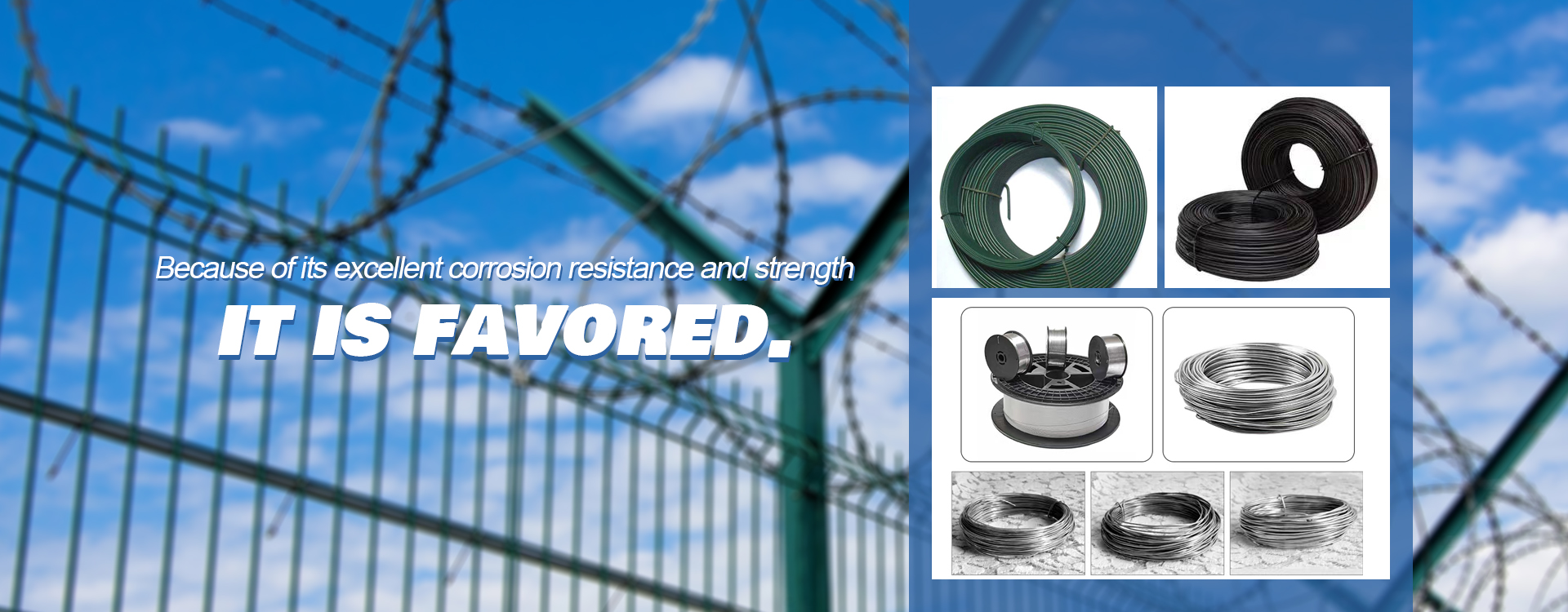 TEL:
+86-13102802206
TEL:
+86-13102802206
 Email:
fencenetting@china.com
Email:
fencenetting@china.com
 Language
Language
 TEL:
+86-13102802206
TEL:
+86-13102802206
 Email:
fencenetting@china.com
Email:
fencenetting@china.com
 Language
Language


Wire Mesh Retaining Wall System A Comprehensive Overview
In the field of civil engineering and construction, retaining walls play a crucial role in managing soil and preventing erosion. Among the various types of retaining walls, wire mesh retaining wall systems have gained popularity due to their versatility, durability, and ease of installation. This article delves into the concept of wire mesh retaining walls, their benefits, design considerations, and applications.
What is a Wire Mesh Retaining Wall?
A wire mesh retaining wall is a structure composed of several layers of steel wire mesh filled with materials such as soil, rock, or gravel. The primary function of this type of wall is to retain soil on one side while allowing for the natural drainage of water through the fill material. This capability minimizes pressure buildup behind the wall, reducing the potential for failure.
The wall typically consists of a grid-like framework of steel mesh panels, which are anchored to the ground to ensure stability. The mesh serves both as a support structure and as a containment system for the fill material. As the fill is placed, it consolidates, creating a strong, interlocking system that can withstand significant lateral forces.
Benefits of Wire Mesh Retaining Walls
1. Flexibility and Aesthetic Appeal Wire mesh retaining walls can blend seamlessly into various landscapes. They can adapt to different terrains and visual styles, making them suitable for both urban and rural environments.
2. Drainage Properties The design of wire mesh walls promotes excellent drainage, reducing the risk of hydrostatic pressure buildup behind the wall. This drainage ability is crucial in preventing erosion and maintaining the structural integrity of the wall.
3. Cost-Effectiveness Compared to traditional concrete or masonry retaining walls, wire mesh retaining systems can be more economical to construct. The use of local materials for filling, such as boulders or crushed stone, further drives down costs.
4. Rapid Installation Wire mesh retaining walls are relatively quick to assemble and install. This speed can significantly reduce labor costs and project timelines, making it an attractive option for many construction projects.
5. Environmental Impact The use of natural materials in wire mesh systems can have a lower environmental impact than traditional retaining walls. The permeable design allows for the natural movement of water and soil, fostering local plant growth and wildlife habitats.
Design Considerations

While wire mesh retaining wall systems offer numerous advantages, they must be designed carefully to ensure stability and longevity. Key design considerations include
- Soil Type and Load Engineers must evaluate the type of soil being retained and the anticipated load on the wall. Different materials exert varying forces, and proper assessment is vital for effective design.
- Wall Height The height of the retaining wall directly impacts its structural integrity. Taller walls may require additional reinforcement or bracing to prevent tipping or sliding.
- Drainage Systems Incorporating drainage features into the wall design is essential. This might include weep holes or geotextiles to facilitate proper water drainage and alleviate pressure.
- Geotechnical Analysis A comprehensive geotechnical study is essential for understanding the site conditions, including soil characteristics and moisture levels, which significantly influence wall performance.
Applications of Wire Mesh Retaining Walls
Wire mesh retaining walls are utilized in various projects, including
- Road Construction They are commonly used along highways, roads, and slopes to prevent landslides and erosion.
- Landscaping In gardens and parks, wire mesh walls can create tiered landscapes or terraces, enhancing aesthetic appeal.
- Mining and Quarrying These walls provide essential support in mining operations where steep slopes are present.
- Flood Control Wire mesh retaining systems can help manage water flow and reduce flood risks in vulnerable areas.
In conclusion, wire mesh retaining walls are a practical and effective solution for soil retention and erosion control. Their flexibility, rapid installation, and environmental benefits make them an increasingly popular choice in modern construction. As with any structural system, careful design and engineering analysis are critical to maximizing their advantages and ensuring long-term performance.